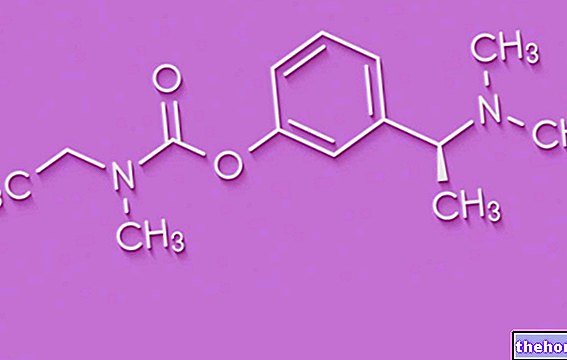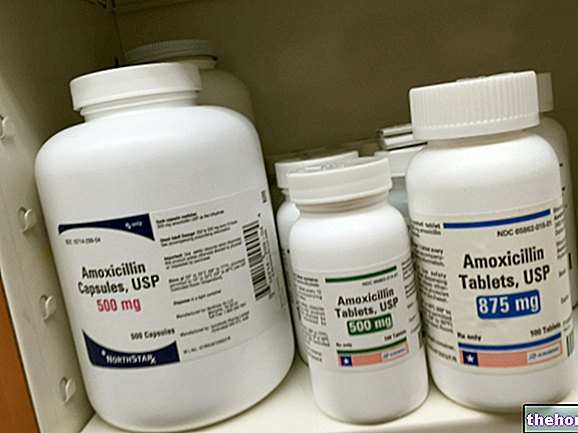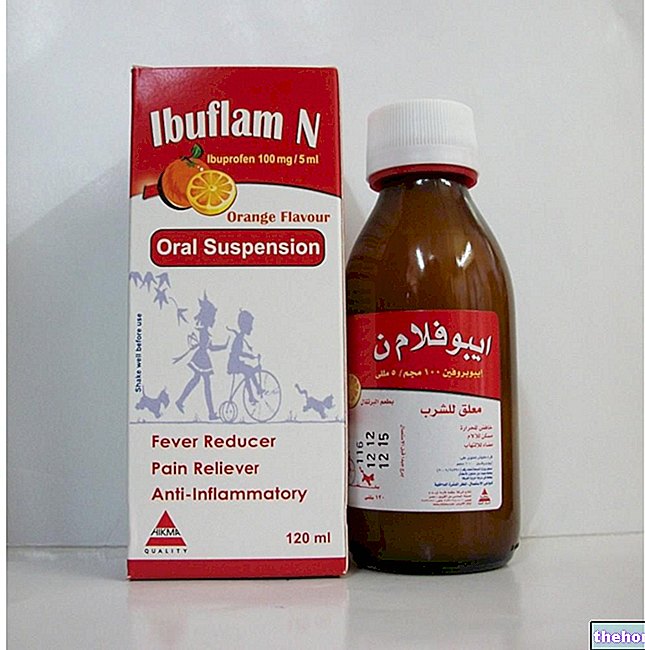
What is Nuwiq - simoctocog alfa and what is it used for?
Nuwiq is a medicine that contains the active substance simoctocog alfa. It is used to treat and prevent bleeding in patients with haemophilia A (a congenital bleeding disorder caused by a factor VIII deficiency).
How is Nuwiq used - simoctocog alfa?
Nuwiq can only be obtained with a prescription and treatment should be started under the supervision of a doctor who specializes in the treatment of haemophilia. Nuwiq is available as a powder and solvent which, when mixed together, form a solution for injection into a vein. The dose and the duration of therapy vary according to whether the medicine is used to treat or prevent bleeding, and depend on the severity of the haemophilia, the extent and location of the bleeding, as well as the patient's health and weight. For more information, see the Summary of Product Characteristics (included in the EPAR). Patients or their caregivers can administer Nuwiq or have Nuwiq administered at home after receiving appropriate instructions. For more information, see the package leaflet.
How does Nuwiq - simoctocog alfa work?
Patients with haemophilia A are born with a deficiency in factor VIII, a protein necessary for blood clotting; this deficiency causes clotting problems including bleeding in the joints, muscles or internal organs. The active substance in Nuwiq, simoctocog alfa, works in the body in the same way as human factor VIII. It replaces the missing factor VIII, helping blood to clot and providing temporary control of the bleeding disorder. Simoctocog alfa is produced by a method known as 'recombinant DNA technology': it is made from cells that have received a gene (part of the DNA) that enables them to produce the substance.
What benefit has Nuwiq - simoctocog alfa shown during the studies?
Nuwiq has been shown to be effective in preventing and treating bleeding events in three main studies involving 113 patients with haemophilia A. During the first study involving 22 patients from 12 years of age who are treated with Nuwiq for the treatment of bleeding episodes or for the prevention of bleeding during surgery, 986 bleeding events were recorded, the majority of which resolved with an injection of Nuwiq. The main measure of effectiveness was judgment of patients on treatment effectiveness. Nuwiq treatment was rated "excellent" or "good" in 94% of bleeding episodes. In the two surgeries performed in the study, Nuwiq therapy was rated "excellent" "In the prevention of bleeding episodes. In the second study involving 32 patients aged 12 years and older, Nuwiq was used to prevent and treat g bleeding events and to prevent bleeding during surgery. In subjects treated for bleeding prevention, an average of 0.19 bleeding events per month were recorded for each patient. In subjects treated for bleeding management, Nuwiq was rated mostly "excellent" or "good" in treating major bleeding episodes, most of which resolved after one or more Nuwiq administrations. In the five surgeries performed during the study, Nuwiq was rated "excellent" in preventing bleeding in four surgeries and "moderate" in preventing hemorrhage in the fifth surgery. The third study involved 59 children between the ages of 2 and 12. In subjects treated to prevent bleeding, an average of 0.34 bleeding events per month were recorded for each patient. When the medicine was used to manage bleeding episodes, these resolved in 81% of cases after one or two Nuwiq injections.
What is the risk associated with Nuwiq - simoctocog alfa?
The side effects of Nuwiq have only been reported occasionally (affecting 1 to 10 in 1,000 people). These side effects include paraesthesia (abnormal sensations such as tingling and tingling), headache, dizziness, dry mouth, back pain and inflammation and pain at the injection site. Hypersensitivity (allergic) reactions, although never seen so far in people treated with Nuwiq, have been reported rarely with factor VIII replacement medicines and, in some cases, can develop into severe allergic reactions. After treatment with factor VIII replacement medicines, some patients may develop factor VIII inhibitors, which are antibodies (proteins) that the body's immune system makes against factor VIII and which make the medicine ineffective, resulting in a loss of control over the "hemorrhage. In such cases, it is recommended that a center specialized in the treatment of haemophilia be consulted. For the full list of side effects and limitations reported with Nuwiq, see the package leaflet.
Why has Nuwiq - simoctocog alfa been approved?
The Agency's Committee for Medicinal Products for Human Use (CHMP) decided that Nuwiq's benefits are greater than its risks and recommended that it be approved for use in the EU. The CHMP concluded that Nuwiq has been shown to be effective. in the treatment and prevention of bleeding events in patients with haemophilia A. Nuwiq was also effective in the prevention and treatment of bleeding from bleeding episodes during surgery, with effects similar to other medicines containing clotting factor VIII. The safety profile of Nuwiq was also considered to be similar to that of other factor VIII substitutes.
What measures are being taken to ensure the safe and effective use of Nuwiq - simoctocog alfa?
A risk management plan has been developed to ensure that Nuwiq is used as safely as possible. Based on this plan, safety information has been added to the summary of product characteristics and package leaflet for Nuwiq, including the appropriate precautions to be followed by healthcare professionals and patients. Further information can be found in the summary of the risk management plan.
More information about Nuwiq - simoctocog alfa
On 24 July 2014, the European Commission issued a "Marketing Authorization" for Nuwiq, valid throughout the European Union. For more information on Nuwiq therapy, read the package leaflet (included with the EPAR) or consult your doctor. or the pharmacist. Last update of this summary: 07-2014.
The information on Nuwiq - simoctocog alfa published on this page may be out of date or incomplete. For a correct use of this information, see the Disclaimer and useful information page.






.jpg)





















